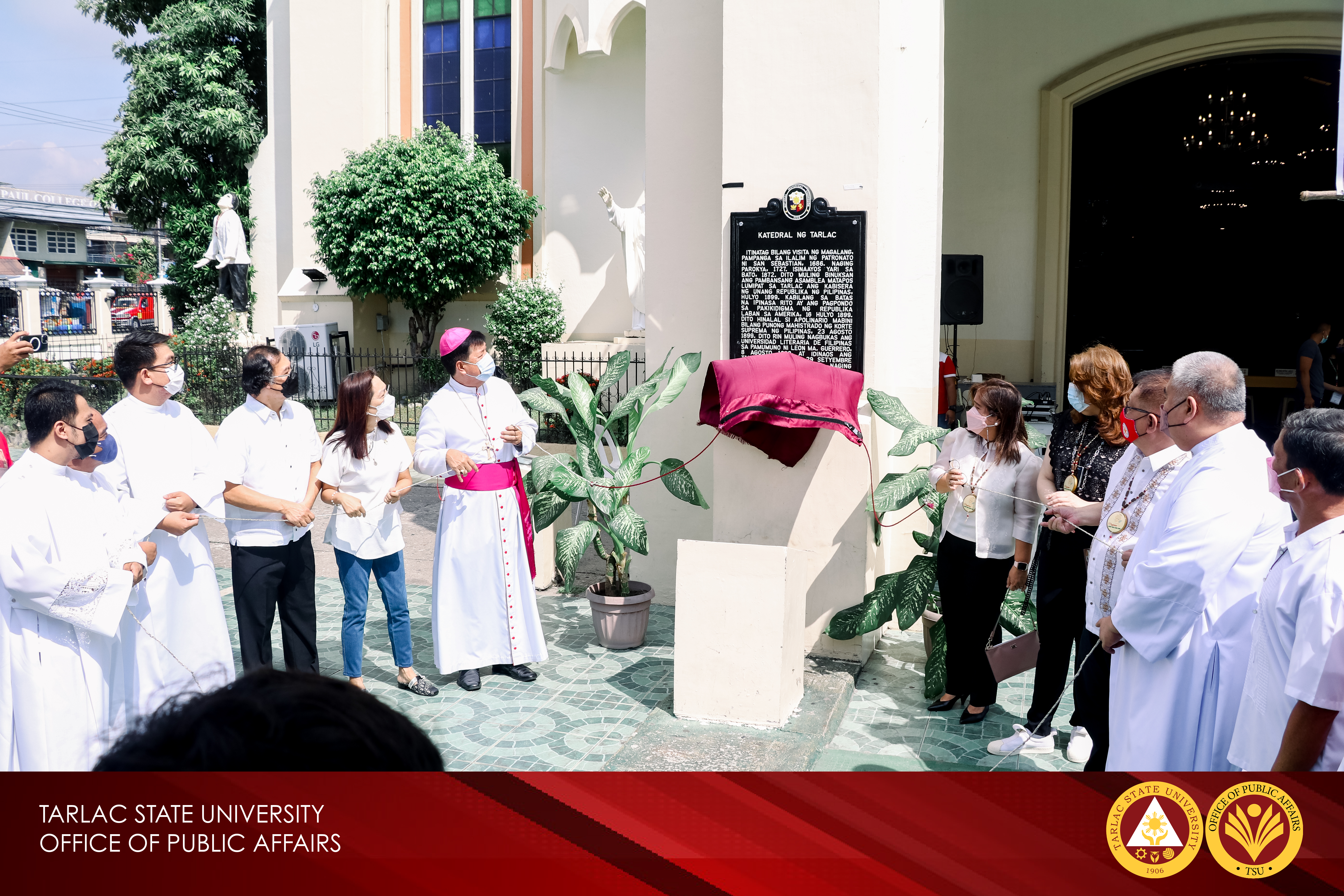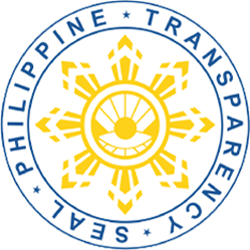Dr. Lino L. Dizon, NHCP commissioner and former professor of Tarlac State University, led the unveiling of the "Katedral ng Tarlac" (Tarlac Cathedral) historical marker together with the National Historical Commission of the Philippines (NHCP), Diocese of Tarlac, and the City Government of Tarlac on Thursday morning (July 14).
The event coincides with the 123rd commemoration of the Congress of the First Philippine Republic. President Emilio Aguinaldo reconvened the Revolutionary Congress in Tarlac on July 14, 1989.
“Itong istrukturang ito ang makikita ng magigiting na rebolusyunaryong Pilipino noong muling buksan ang Revolutionary Congress noong ika 14 ng Hulyo 1899. ‘Dito natamasa ng Pangulong Aguinaldo,’ sabi ng isang historyador, ‘ang papel ng tunay na Republika, sapagkat nakapagpasa sila ng maraming batas, gaya ng pagkapili kay Apolinario Mabini bilang punong-hukom ng Korte Suprema,'” Commissioner Dizon said in his speech.
Commissioner Dizon also said the historical marker is dedicated to the late Rev. Fr. Raymund "Lucky" Acuna, who once dreamt of having a marker that would signify the San Sebastian Cathedral's distinguished role in Philippine and Tarlac history. Tarlac was the fourth and last capital of the Aguinaldo Republic in June 1899.
NHCP OIC Executive Director III Carminda R. Arevalo unveiled the marker with Tarlac Bishop Enrique Macaraeg, Tarlac City Mayor Cristy Angeles, Commissioner Dizon, Commissioner Lisa Guerrero Nakpil, and some priests in the Diocese.
Aguinaldo's Legacy in the Philippine Educational System
The Universidad Literaria de Filipinas, the first state university in Asia, was founded by the Philippine Revolutionary Government on October 18, 1898 in Malolos, Bulacan. It was then transferred to Tarlac Province with the whole Aguinaldo government back when Malolos fell to the Americans prompting the schools to close.
The university's first and only graduation rites was held in San Sebastian Roman Catholic Cathedral Convent, presently the San Sebastian Cathedral, last September 29, 1899. It was then under Dr. Leon Ma. Guerrero as its rector (Guerrero's granddaughter, Commissioner Lisa Guerrero Nakpil, was also present at the event). The graduates' diplomas were personally signed by Aguinaldo, the university president back then.
Classes for the Universidad were held at the Tarlac Cathedral's convent beside the San Sebastian Cathedral (Tarlac Cathedral). Along with the Burgos Institute, a secondary school, the university was re-established in Tarlac.
With Aguinaldo's legacy in the Philippine Educational System, TSU conferred Aguinaldo with a posthumous Doctor of Public Administration (honoris causa) on September 29, 2004. He was also the first honorary president of TSU.
Casa Real de Tarlac
Casa Real de Tarlac, the building where Aguinaldo stayed during his term in the province, is now the site of TSU's Museo-Archivo Tarlaqueño. It is located at the Engineering grounds of the university.
In Tarlac, the Aguinaldo government attained its fullest function as a republic. Certain decrees were issued there that had the effects of laws in a regular state.
Among the significant decrees signed at the Casa Real de Tarlac were the Fil-Hispano Decree of 30 June 1899 (the basis of the Philippine-Spanish Friendship Decree); the prohibition of the merchant vessels flying the American flag from territories held by the Philippine Republic; the organization of the Supreme Court and inferior courts; and the promulgation of the General Orders of the Army.








